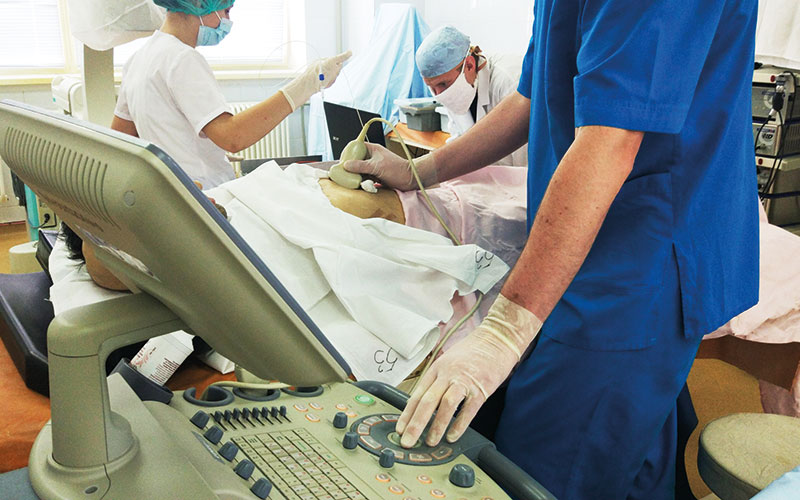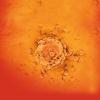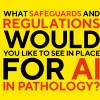Researchers have developed an optical biopsy system that can distinguish between cancerous and healthy liver tissue.

The new technology could make it easier to diagnose liver cancer, which is the sixth most common cancer globally.
“The instrument is designed to be compatible with the needles currently used for liver biopsies,” said Evgenii Zherebtsov, a member of the research team.
“It could thus one day help surgeons more precisely navigate the biopsy instrument to decrease the number of errors in taking tissue samples that are used for diagnosis.”
The researchers report that the optical biopsy system can reliably distinguish between cancerous and healthy cells in mouse models.
The system also showed promise in preliminary tests conducted in people with suspected liver cancer.
The new optical biopsy system combines diffuse reflectance spectroscopy and lifetime fluorescence measurements to evaluate markers related to cellular metabolism, which differs between healthy and cancerous cells.




